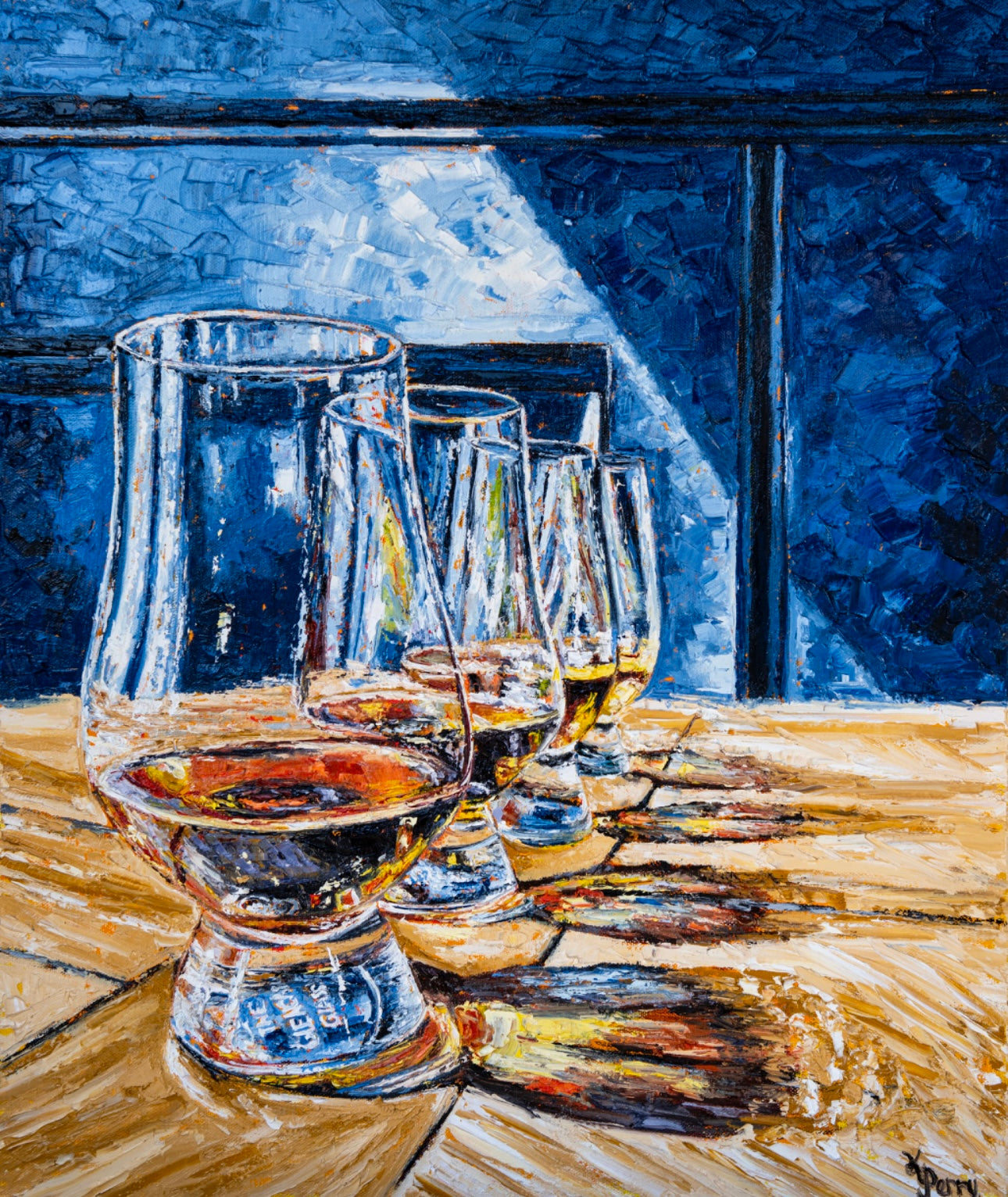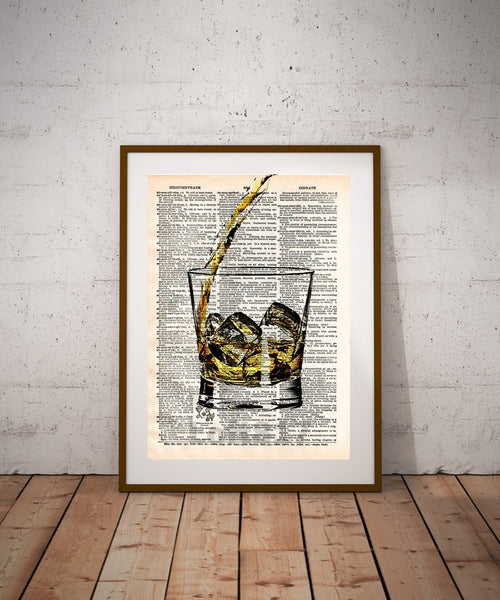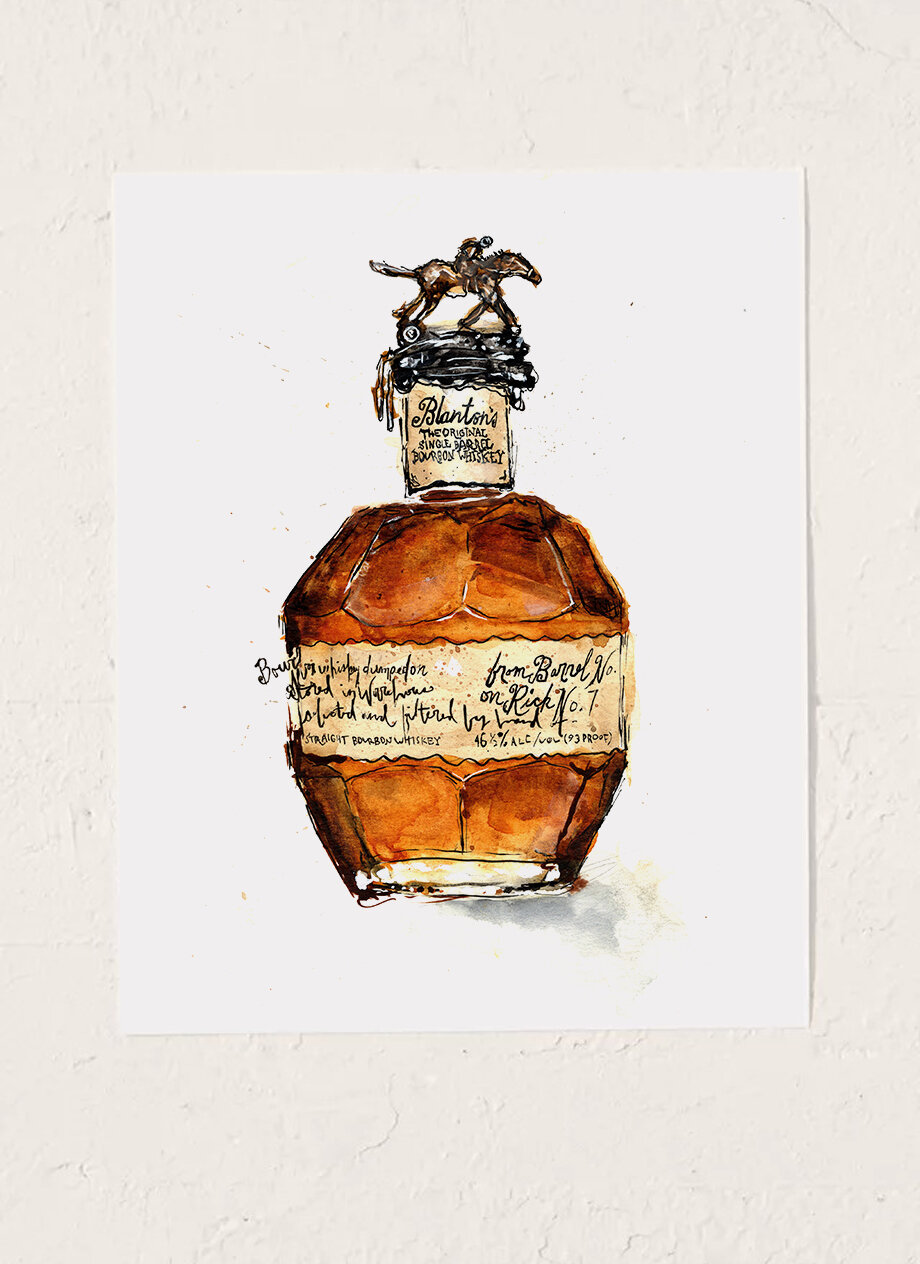Whiskey Art: Capturing the Essence of Distillation in Every Brushstroke
Whiskey Art: Capturing the Essence of Distillation in Every Brushstroke
Blog Article
The Importance of Whiskey Art in Celebrating Heritage and Craftsmanship in the Beverage Industry
The intricate relationship between whiskey art and the party of heritage and workmanship within the drink sector can not be overemphasized. With thoughtfully developed labels and bottles, scotch brands encapsulate their historical origins and the artisanal abilities that specify their production methods. This artistic measurement not just improves market charm but also works as an avenue for cultural storytelling, cultivating a much deeper connection between the craft and the customer. As we check out the various facets of this subject, appealing concerns about the influence of contemporary trends on traditional techniques develop, triggering further exam.
The Historic Roots of Whiskey
At the heart of whiskey's appeal lies an abundant tapestry of historic origins that trace back to old civilizations. The beginnings of whiskey can be linked to the purification methods of the Sumerians and Babylonians around 2000 BCE, where very early forms of fermented grain drinks began to emerge. Nonetheless, it was in the Center Ages that the art of distillation progressed significantly, especially in Ireland and Scotland, leading to the development of whiskey as we understand it today.
The term "scotch" itself derives from the Gaelic word "uisce beatha," implying "water of life." This phrase highlights the social value of bourbon in Celtic societies, where it was commonly connected with routines, events, and common bonding. By the 15th century, distillation ended up being an identified craft within monastic communities, leading the way for the facility of lawful distilleries.
As trade routes broadened, scotch's appeal expanded, going beyond local boundaries and capturing the rate of interest of lovers worldwide. Realism Art. This historic trip reflects not only the craftsmanship behind whiskey production but also its essential function in social and social contexts, noting it as a considerable drink throughout background
Artistic Expression in Branding
Scotch branding stands as a compelling crossway of creativity and commerce, where visual identity plays an important function fit consumer understanding. The visual appeals of whiskey labels, product packaging, and marketing products mirror not just the brand's story but additionally its core worths and heritage. With creative expression, distilleries communicate a narrative that reverberates with customers, evoking emotions and sparking links.
Making use of color, typography, and images in branding serves to distinguish items in a saturated market. As an example, traditional concepts may stimulate a feeling of authenticity and workmanship, while modern layouts can symbolize development and forward-thinking. This critical artistic instructions enhances brand name acknowledgment and loyalty, permitting consumers to build a personal connection with the whiskey they select.
In addition, creative expression in branding usually acts as a party of regional heritage. Distilleries often include local signs or historic references right into their layouts, creating a local color that invites consumers to take part in a broader cultural experience. Inevitably, the artistry behind whiskey branding not just boosts visual charm however additionally enriches the general story of the brand name, fostering a deeper recognition for the workmanship and heritage ingrained in each container.
Craftsmanship in Bottle Style
The virtuosity evident in scotch branding expands past aesthetic identity to encompass the craftsmanship associated with bottle design. Each bottle works as a vessel not just for the spirit within, however additionally for the tale it outlines its beginning, tradition, and quality. The layout procedure calls for thorough focus to information, as components such as material, read this shape, and closure contribute significantly to the overall perception of the whiskey.
Workmanship in container style includes selecting premium glass that can enhance the whiskey's shade and quality, while likewise offering a tactile experience for the customer. The shape of the bottle should be both functional and cosmetically enticing, usually mirroring the heritage of the brand name. Lots of distilleries choose for unique forms or embossed logo designs that stimulate a sense of credibility and history.
In addition, the label design and typography play a critical function in connecting the brand's story. Whiskey Art. A well-crafted bottle not just mesmerizes the consumer's eye yet likewise reinforces the brand's dedication to high quality and tradition. This way, the workmanship of bottle layout ends up being an important aspect of the bourbon experience, combining virtuosity with a profound regard for heritage
Social Importance of Bourbon Art
Commemorating practice and workmanship, the social significance of scotch art transcends plain aesthetic appeals, intertwining with the historical and social stories of the regions where it comes from. Each bottle works as a canvas, depicting the unique stories, mythology, and traditions that have actually formed local whiskey-making techniques. The elaborate layouts frequently mirror the heritage of the distillers, incorporating signs and motifs that resonate with the society and values of their neighborhoods.

Furthermore, scotch art plays a vital duty in communal celebrations and parties, functioning as a tangible web link in between people and their shared experiences. By valuing the artistry in scotch packaging, consumers grow a deeper understanding and respect for the craft, inevitably enriching their satisfaction of the drink itself.
Modern Trends in Scotch Discussion
Recently, the presentation of scotch has actually developed to mirror contemporary tastes and patterns while still recognizing conventional workmanship - Bourbon Art. Distilleries are progressively concentrating on aesthetic elements that improve the total drinking experience, bridging the space in between heritage and modernity
Innovative container designs have emerged, usually incorporating sustainable materials and creative tags that inform engaging tales. Many brands now work together with neighborhood musicians, instilling their items with unique visual expressions that resonate with consumers. Furthermore, limited-edition releases are commonly packaged in collectible containers, including worth and allure for aficionados.

Final Thought
In verdict, bourbon art offers as a crucial avenue for sharing the heritage and workmanship intrinsic in the drink market. With elaborate branding, ingenious bottle designs, and culturally significant artistic elements, whiskey brand names properly recognize their practices and attach with customers.


Workmanship in bottle design entails picking high-grade glass that can boost the scotch's color and clarity, while additionally giving a responsive experience for the consumer. In this like this means, the workmanship of container layout comes to be a vital aspect of the bourbon experience, merging artistry with an extensive respect for heritage.
In conclusion, bourbon art offers as an important avenue for revealing the heritage and craftsmanship integral in the drink industry.
Report this page